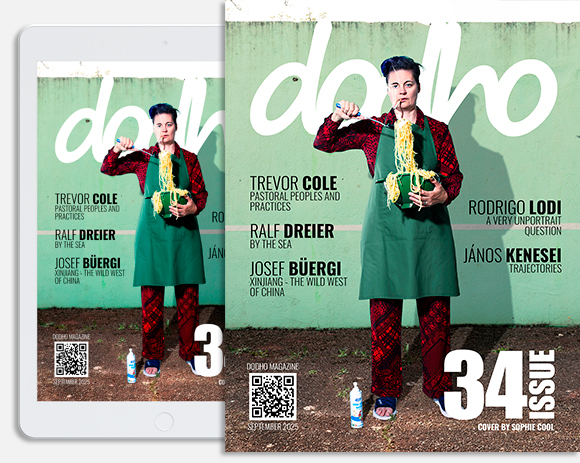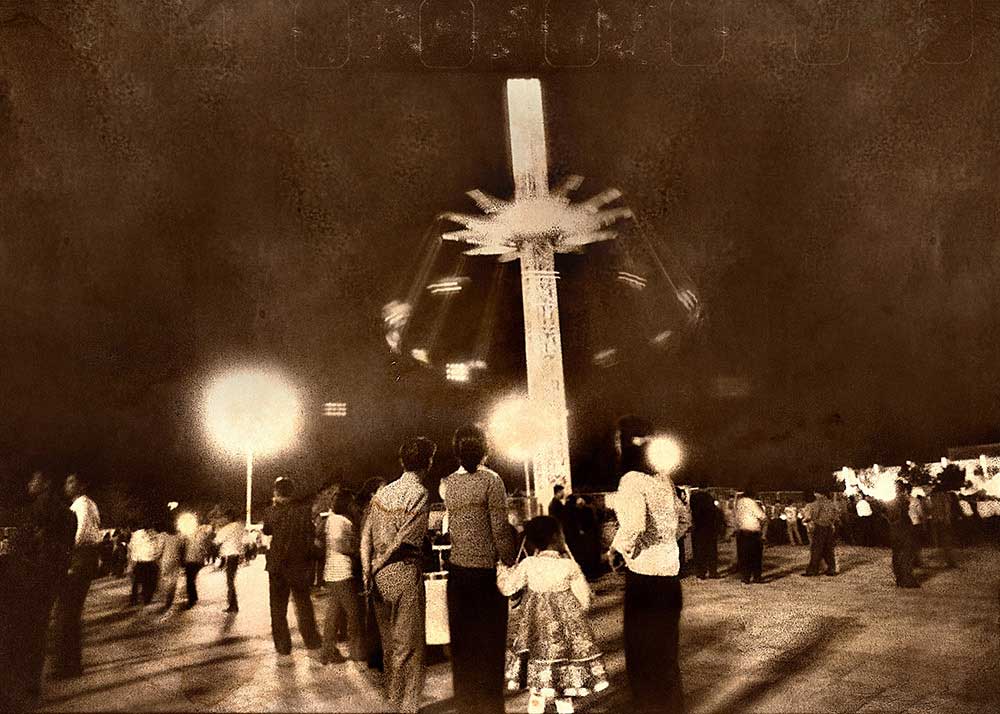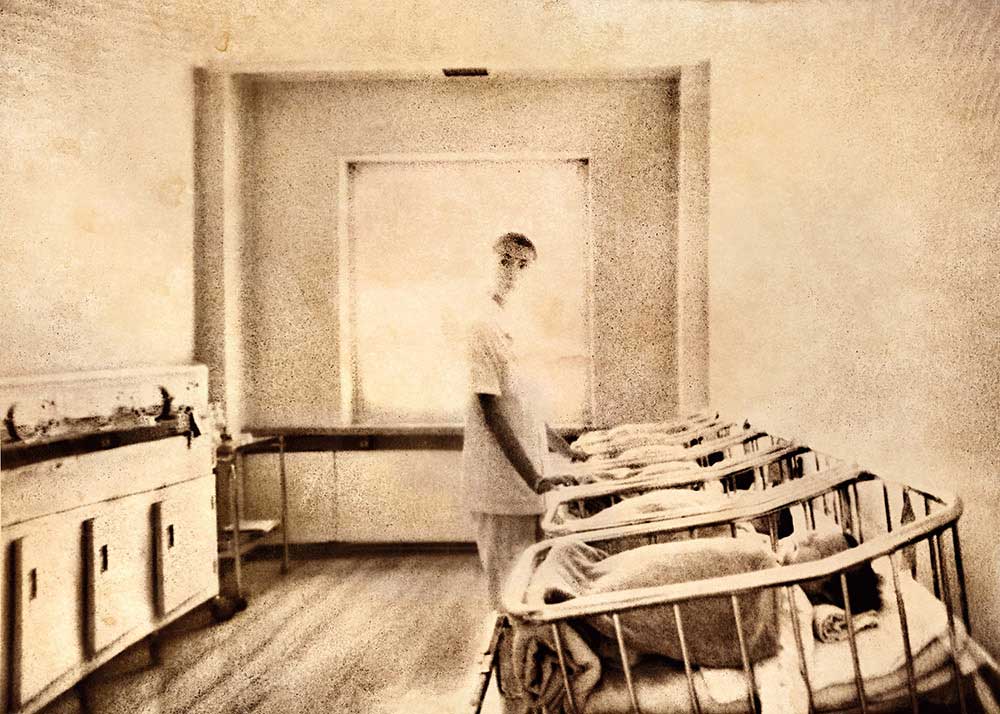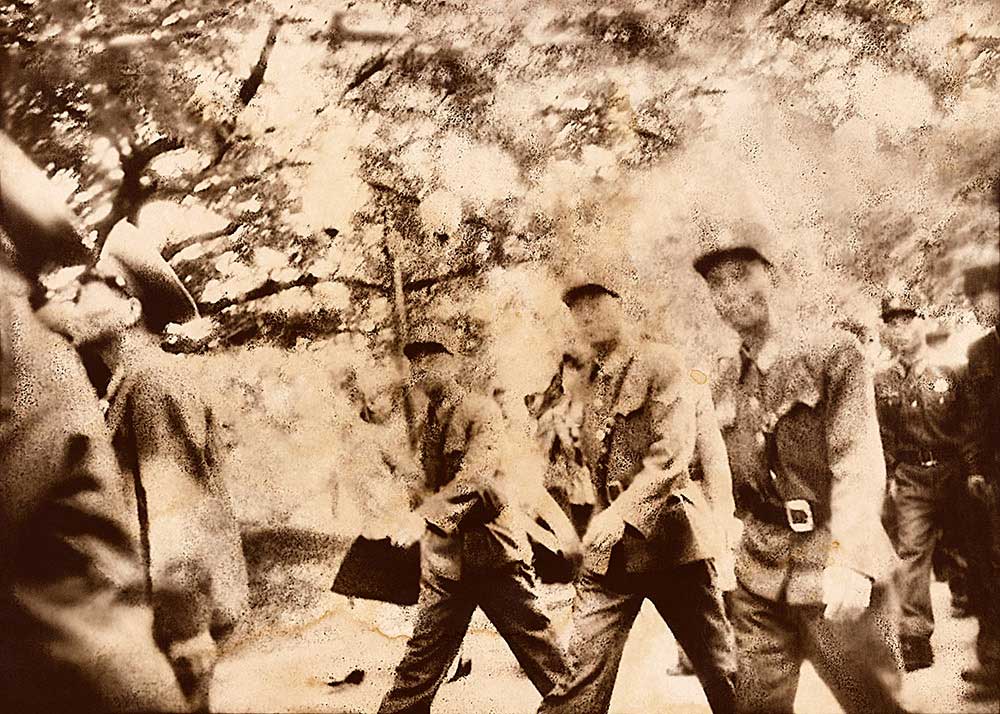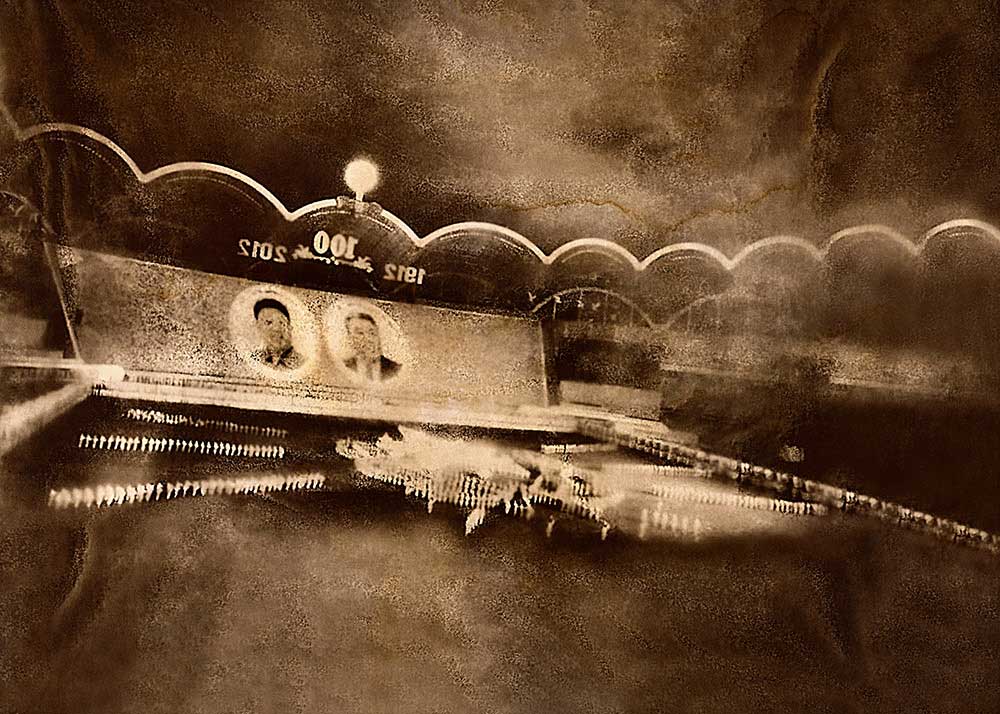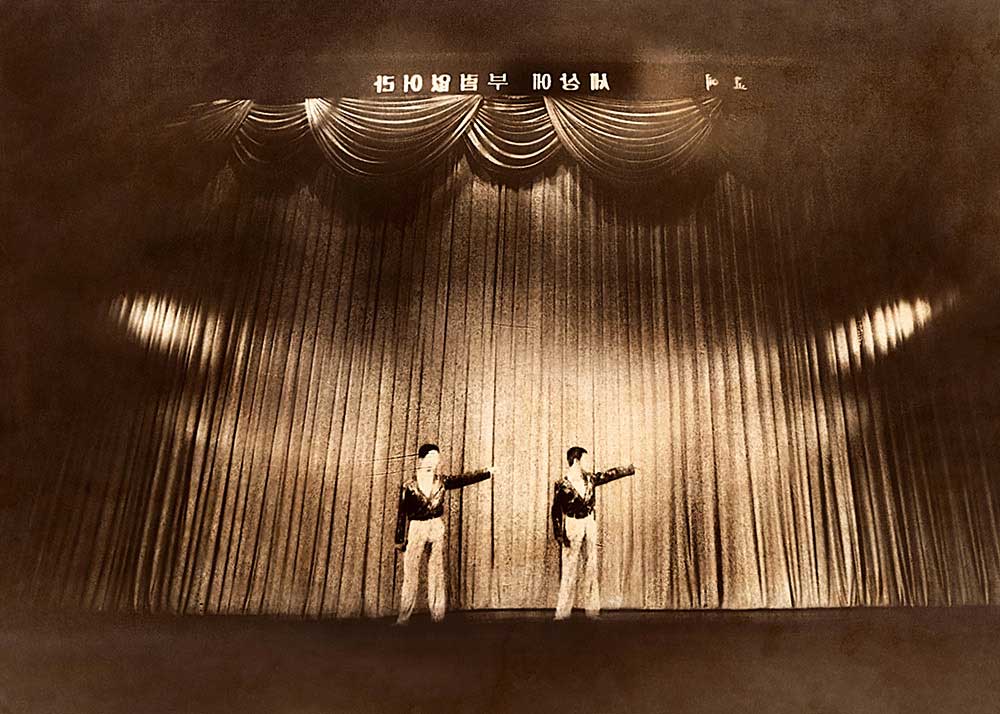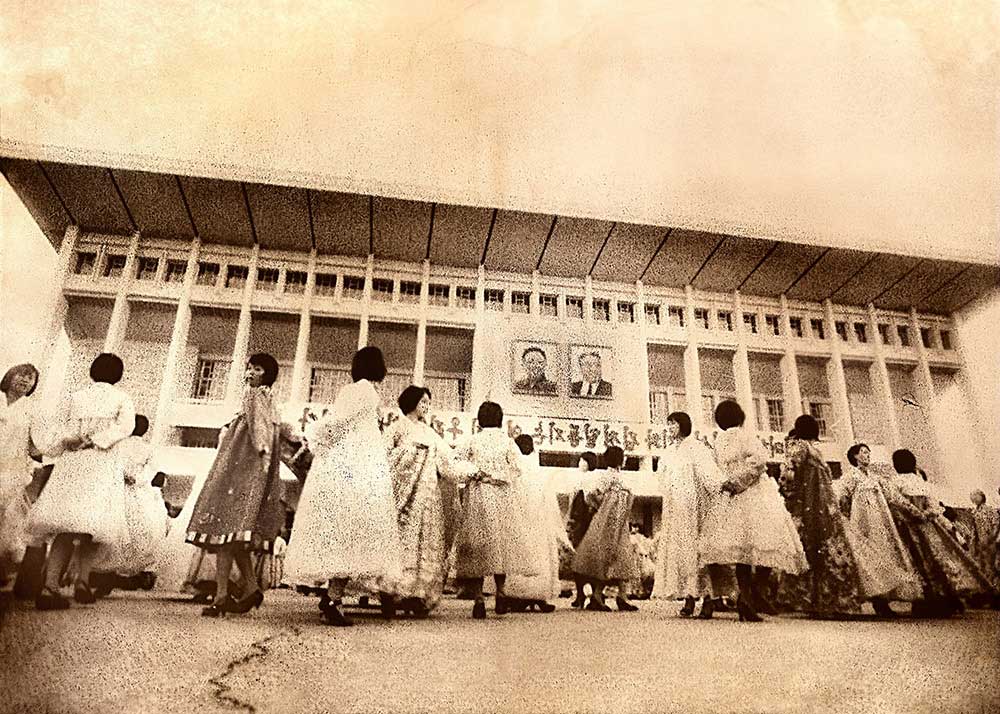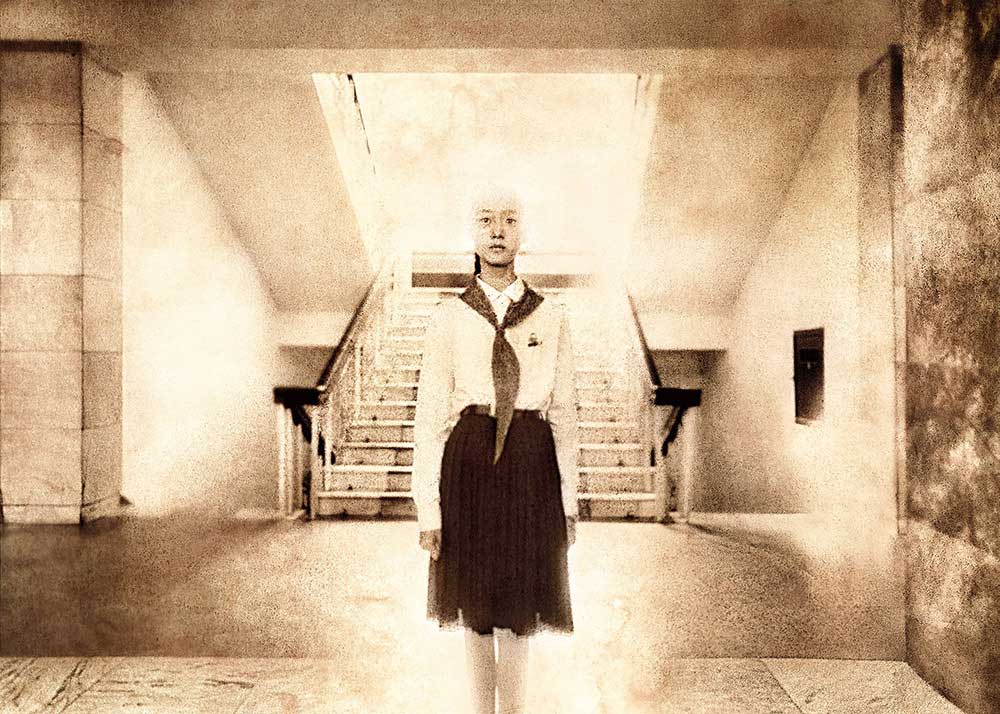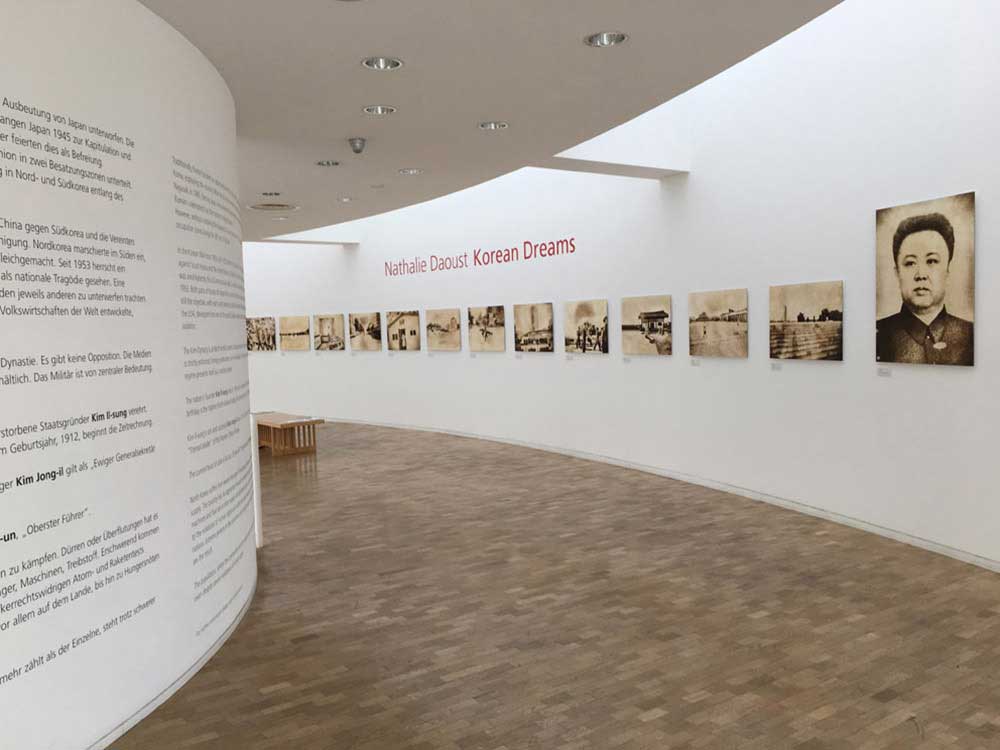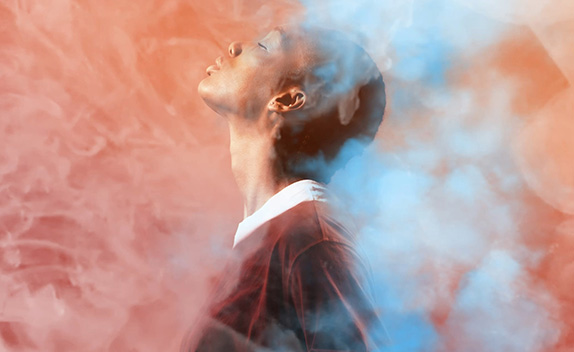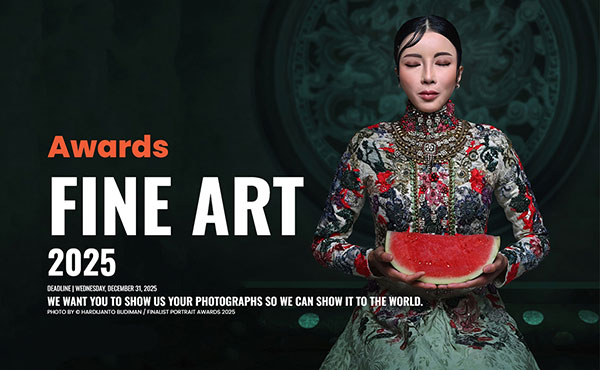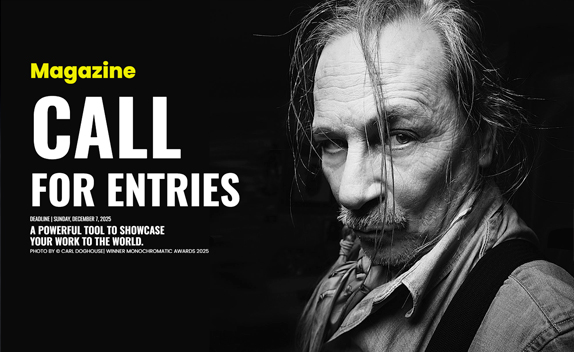Photographer Nathalie Daoust’s newest project, Korean Dreams, is a complex series that probes the mysterious world of North Korea.
Her images reveal a country that seems to exist outside of time, as a carefully choreographed mirage. Daoust has spent much of her career exploring the chimeric world of fantasy: the hidden desires and urges that compel people to dream, to dress up, to move beyond the bounds of convention. With Korean Dreams she is exploring this escapist impulse not as an individual choice, but as a way of life forced upon an entire nation.
Shrouded by its fanatical isolationism, most foreigners associate North Korea only with the hallmarks of its repressive regime – kidnapping, torture and forced labour camps. Tourist experiences are carefully crafted to countermand these impressions. Accompanied by guides at all times, and adhering to the rigid, pre-approved travel program, visitors get a highly selective view of the country as they are paraded past cultural landmarks such as theatres, schools and music halls, meant to create the illusion of a perfect society.
The difficulty of reconciling systemic violence and repression with this shiny world led Daoust to focus on the liminal spaces that exist on the edge of the ‘tourist zone.’ By shooting furtively while traveling between destinations she was able to capture an alternate narrative. Guided by the notion that North Koreans are residing in a “dream-state,” where truth is not lived but imposed by those in power, her anonymous forms wander ghostlike through the landscape. From civilians bicycling against an urban backdrop, to military personnel marching stridently in line and schoolchildren staring pensively out of the frame, these figures seem to exist suspended in an ambiguous, timeless dimension. Playing with the line between fiction and reality, Daoust exposes an indeterminate space where ‘truth’ and ‘lies’ are interchangeable.
Her multi-step development process is integral to the interplay between fiction and reality, as she uses the darkroom to reconstruct a forgotten past and an unknown present. Daoust’s images have been obscured during the photographic process; the systematic break down of the original negative film has produced a series of final images that appear unclear, indistinct and somewhat ghostlike. As the layers of film are removed, a sense of detachment between the photographer and her subjects is revealed. Daoust’s darkroom method also mimics the way information is transferred in North Korea – it is stifled until the truth becomes ‘lost’ in the process. The resultant pictures speak to North Korean society, of missing information and truth concealed.
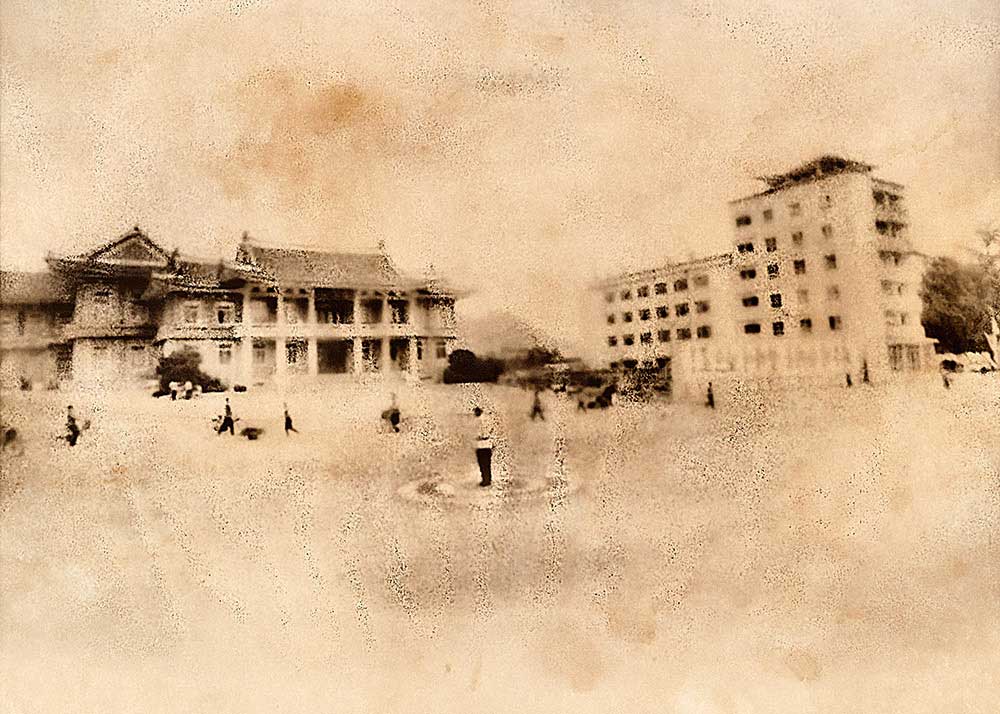
Virtually none of the traf c lights in North Korea operate due to constant electricity cuts and poor maintenance. Instead, policemen and women operate like machines, standing at the centre of many intersections, to control the few cars on the road.
About Nathalie Daoust
A graduate of the Cégep du Vieux in Montreal, Canadian photographer Nathalie Daoust launched into public consciousness in 1999 with the surreal series New York Hotel Story. This sequence of photographs investigates the Carlton Arms Hotel’s 54 uniquely decorated rooms. The resultant images establish Daoust as a photographer capable of cutting beneath the surface to expose her subject’s hidden desires. Her images are portals, allowing the viewer to glimpse a world divorced from reality, one that flickers from childlike wonderment to perversion.
Daoust is led by her need to understand the human impulse to construct experiences that allow us to live, at least for a moment, in a fictive world. From female dominatrices at an S&M Love Hotel in Japan in Tokyo Hotel Story, to one man’s decision to discard his own identity in favor of another in Impersonating Mao, her work inhabits the liminal space between fiction and truth. Her most conceptually complex project to date, Korean Dreams, explores the meaning of fantasy itself. While in North Korea she experienced the manipulation of reality on a national scale; her photographs capture the layers of forced illusion perpetuated by the North Korean government.
Employing a variety of non-digital means to address her subjects, Daoust’s methods play a crucial role in communicating content. Using specialized darkroom techniques, the process of creating the image itself contributes to her conceptual explorations. She is the recipient of numerous awards, and her work has been extensively showcased and published worldwide. [Text by Samantha Small]
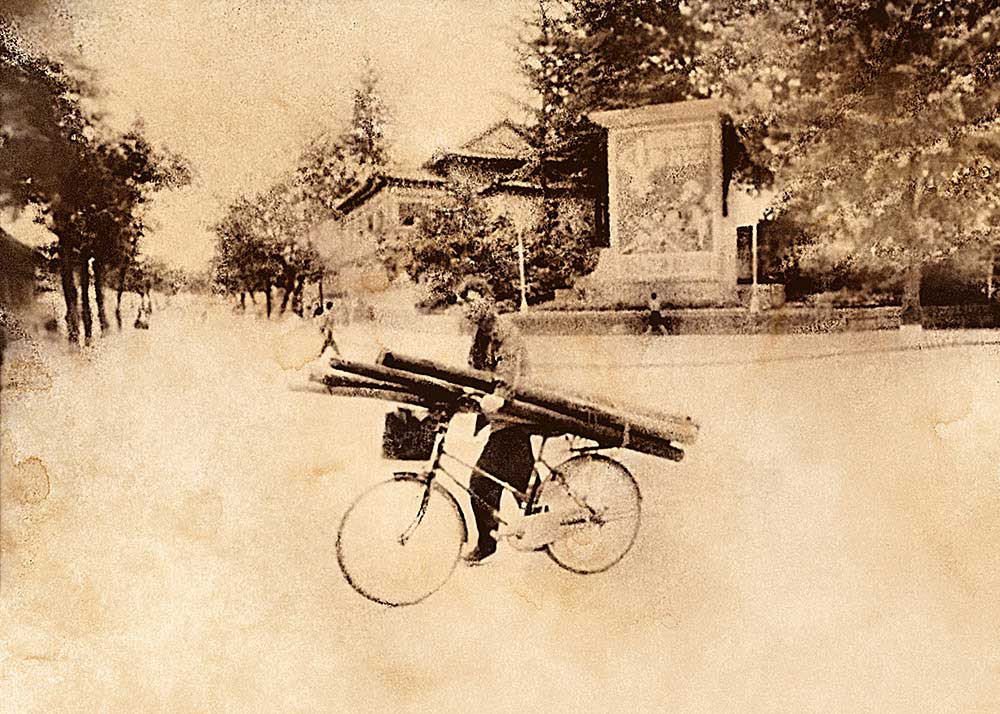
The late Kim Jong Il reportedly felt that the sight of a woman on a bike was potentially dam-aging to public morality. It was the last straw when, in the mid nineties, the daughter of a top general was killed on a bike. From this point forward, the law has periodically banned women from riding bicycles and they are generally restricted from holding driving licenses.
Artist statement
Since my very first experiments in photography I have been fascinated by human behavior and its various realities, by the ever-present human desire of living in a dream world. The aesthetic of my new project continues this visual exploration at the border between dream and reality, yet this time it embraces escapism of a country and the act of loosing oneself within it. My objective as an artist is to push the boundaries of photography through experimental methods, working with new mediums and discovering new techniques in the darkroom. [Official Website]
Kaeson Park is North Korea’s equivalent of Disney World and dates back to 1984. It offers ten or so roller coaster rides, providing a rare situation in which the government actually encourages leisure and enjoyment. However, the rides are said to cost more than half an average monthly salary which clearly puts them beyond the reach of most of the local population. Note: It has been reported that in order to ensure safety, the rusted roller coasters are regularly tested by local farmers.
In 1947, free healthcare was introduced for all citizens in North Korea, but the system collapsed in the late eighties. Many hospitals operate without electricity or heat and all patients have to buy their own medicines. While visiting a hospital we were told that no handicap children were born in North Korea since the 1950’s due to their strong genes. Note: A North Korean doctor who defected, Ri Kwang-chol, has claimed that babies born with physical defects are rapidly put to death and buried.
North Korea law speci es ‘three generations of punishment’. If you commit a crime, your chil-dren and grandchildren will also receive the full brunt of punishment, which often involves a lifetime in prison. Children born in prison are raised as prisoners because their “blood is guilty”. Instituted in 1950, this law was supposed to eliminate the blood linage of counter revolutionary North Koreans after the war.
The Arirang Mass Games is performed simultaneously by 100 000 gymnasts and celebrates the heroic exploits of North Korea’s great leaders. Behind them, 30 000 children hold up coloured cards to create a ‘human billboard’, where each child becomes a pixel in a constantly changing backdrop. Children as young as ve are selected for the Games and trained twelve hours daily during the months preceding the event.
Young children perform complex routines for tourists and achieve disturbing levels of perfection. Although it is an honour for a child to be selected for these performances, children are regularly coerced and mistreated. Food, water and visits to the toilet are withheld in order to install an early sense of discipline.
The North Korean constitution guarantees the freedoms of speech and assembly but in practice the regime does not tolerate any challenge to its authority or propaganda machine. Gatherings outside state-organised civic events and ceremonies are strictly prohibited in order to prevent the spread of dangerous liberal ideas.
Education is universal and state-funded. According to the CIA North Korea has a 100% literacy rate and students have to complete a three-year, 81-hour course on Kim Jong-un. Note: In the 1990s all teachers were required to pass an accordion test before being able to receive their teaching cervti cate.


